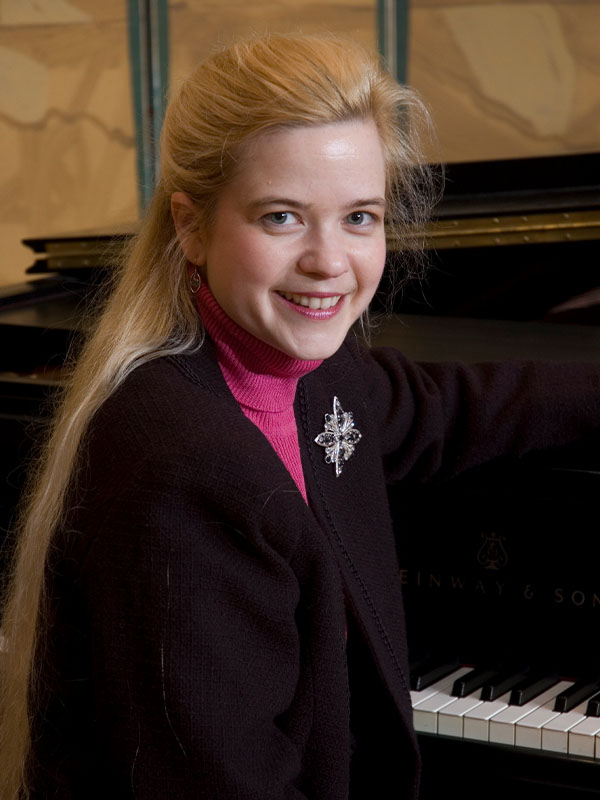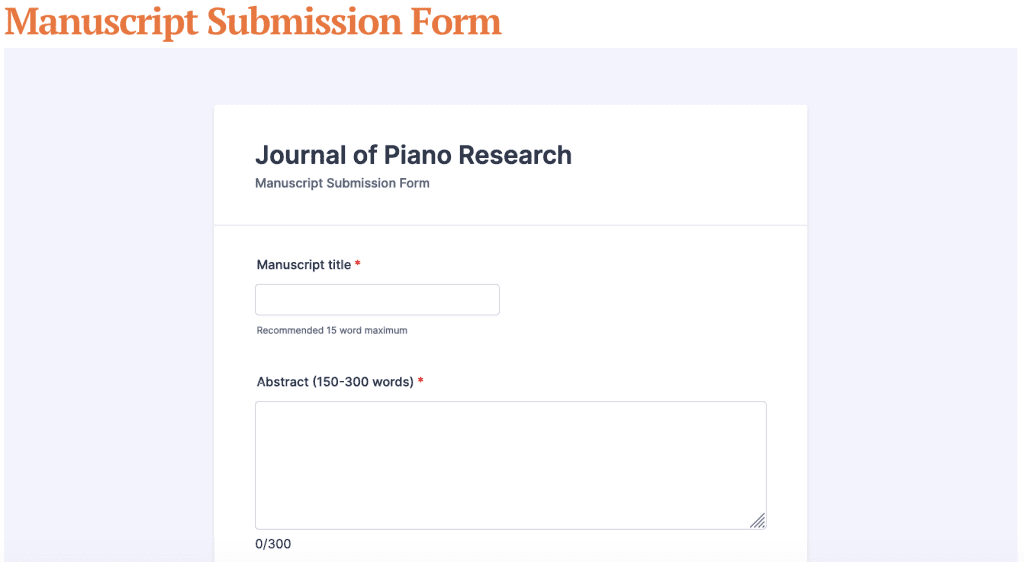
The Co-Editors-in-Chief of Journal of Piano Research, Dr. Pamela Pike and Dr. Alejandro Cremaschi, recently answered some questions about the new Journal of Piano Research. Find out more about the journal below and go to journalofpianoresearch.org/ to learn more about this new publication!
1. Why did you decide to develop the Journal of Piano Research?
We decided to create the Journal of Piano Research (JPR) to provide a publication venue for high-quality scholarly research focused on piano teaching, learning, and performance. We also wanted to gather an editorial board of experienced researchers from different parts of the world. We are thrilled that so many outstanding researchers joined our editorial board. While there are many excellent music research journals in the field, we noticed that none of them focuses specifically on the piano. Although some of the research we conduct on piano teaching and learning is transferable to other instruments, often it doesn’t fit within the parameters of music education journals because of its specificity. Our goal is to make JPR the premier venue for excellent piano-related research.
2. Who is the intended audience of this journal?
This journal is for everyone interested in piano teaching, learning, and performing from a research perspective! This includes independent teachers, performers, college faculty, and collegiate students. We believe that the field at large will benefit from a publication that focuses on high-quality, empirical research on piano-related topics.
3. What kinds of submissions are appropriate for submission/review?
We seek submissions of original scholarly research related to piano playing, teaching, and learning. We encourage reports on projects conducted in a wide variety of methodologies, including quantitative, qualitative, mixed-methods, historical, and philosophical approaches.


4. When will the first articles be published?
Like all top-tier research journals, JPR will publish articles online as soon as they are accepted by the editorial board and edited. We hope to begin publishing “online first” articles in Spring 2024 and to release the first full print issue in Autumn 2024. Subsequent full issues will be released annually, but the journal will continue publishing “online first” articles as they are accepted.
5. What advice would you give to someone interested in submitting a manuscript for review?
In general, submissions are expected to follow accepted practices and approaches of scholarly empirical or historical research, and be grounded on sound methodologies. While there is value in reviews of the literature and articles based on personal or professional experience, there are other venues that would be a better fit for those types of manuscripts, including the Piano Magazine and Piano Pedagogy Forum. Read high-quality research articles related to piano and music education to become acquainted with tone and methodological procedures. Seek advice from a research mentor as you prepare your research project and subsequent article and be sure to check out the archived research webinars from the Frances Clark Center.
Go to journalofpianoresearch.org/ to learn more about this new publication!
MORE ON RESEARCH
- WEBINAR: From Idea to Research: A Panel of Mentors Discuss How to Plan, Develop and Conduct your Project with David Rickels, Carla Davis Cash, and Ann Marie Stanley
- WEBINAR: Pedagogy Research: What’s in it for Teachers and Students? with Diana Dumlavwalla and Charlene Ryan
- MAGAZINE ARTICLE: What does research tell us about the learning process? by Rebecca Grooms Johnson
- WEBINAR: From Research to Publication with Pamela Pike, Andrea McAlister, and Craig Sale
- WEBINAR: Approaching Quantitative Research: A Clinic for Early-Stage Quantitative Projects with James Austin and Peter Miksza
Not yet a subscriber? Join for only $7.99/mo or $36/yr.
Pamela D. Pike is the Spillman Professor of Piano Pedagogy and Associate Dean of Research at Louisiana State University. As an active researcher of pedagogical topics, she is a sought-after speaker and clinician. Pike has published articles, book chapters and full-length books, and is editor-in-chief of the Piano Magazine.
Alejandro Cremaschi is Professor of Piano Pedagogy at the University of Colorado Boulder. His research areas include pedagogical technology and Latin American music. He has recorded for the labels IRCO, Ostinato, Marco Polo and Meridian Records. His pedagogical edition and publication of Alberto Ginastera’s Doce Preludios Americanos for piano was published by Carl Fisher in 2016.
